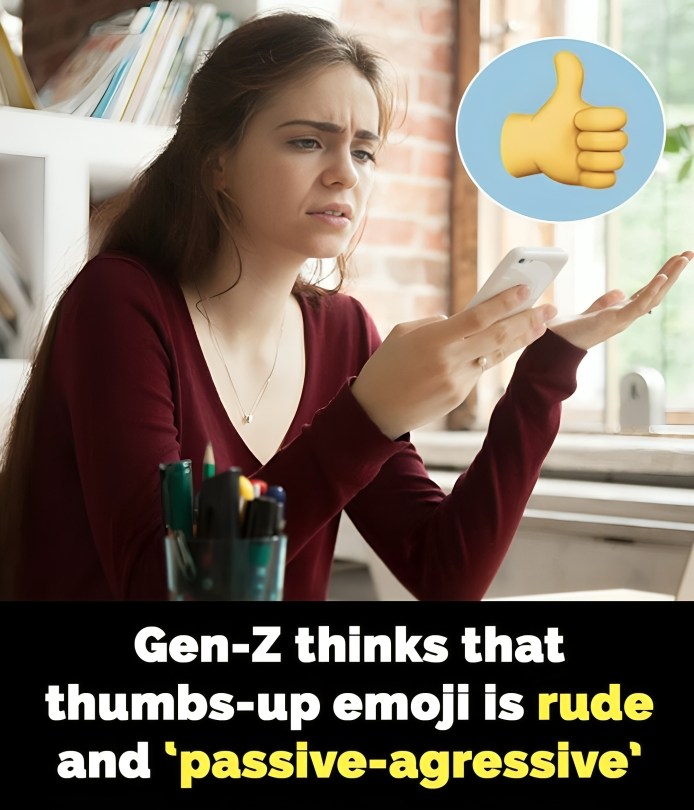Why the Thumbs-Up Emoji is Losing Its Popularity Among Gen Z
Emojis have become a universal way to communicate, but their meanings often evolve based on cultural and generational context. For Gen Z, the thumbs-up emoji is seen as outdated and, in some cases, even passive-aggressive. While older generations often use it to express approval or acknowledgment, younger users interpret it as cold, dismissive, or lacking genuine emotion. This difference in perception highlights the generational gap in digital communication styles.
The thumbs-up emoji is frequently criticized for its simplicity and lack of nuance. In conversations that demand empathy or emotional engagement, a single thumbs-up can come across as indifferent or even sarcastic. For example, replying to a heartfelt message with just a thumbs-up might make the sender feel dismissed. Gen Z tends to prefer emojis or responses that feel more expressive and personalized, aligning with their emphasis on authentic and meaningful communication.
Instead of the thumbs-up emoji, Gen Z often opts for other symbols or reactions that better convey their feelings. Emojis like the smiling face with hearts, sparkles, or even a simple “reaction” in messaging apps are seen as warmer and more considerate. Additionally, Gen Z places value on text-based expressions, where short phrases like “sounds good” or “got it” are considered more thoughtful than a solitary emoji.
The changing perception of the thumbs-up emoji underscores how digital communication evolves over time. What once symbolized agreement or positivity is now viewed differently by younger users who prioritize emotional depth and context. For those interacting with Gen Z, it’s worth understanding these subtle shifts in emoji culture to avoid unintentional misunderstandings in digital conversations.
